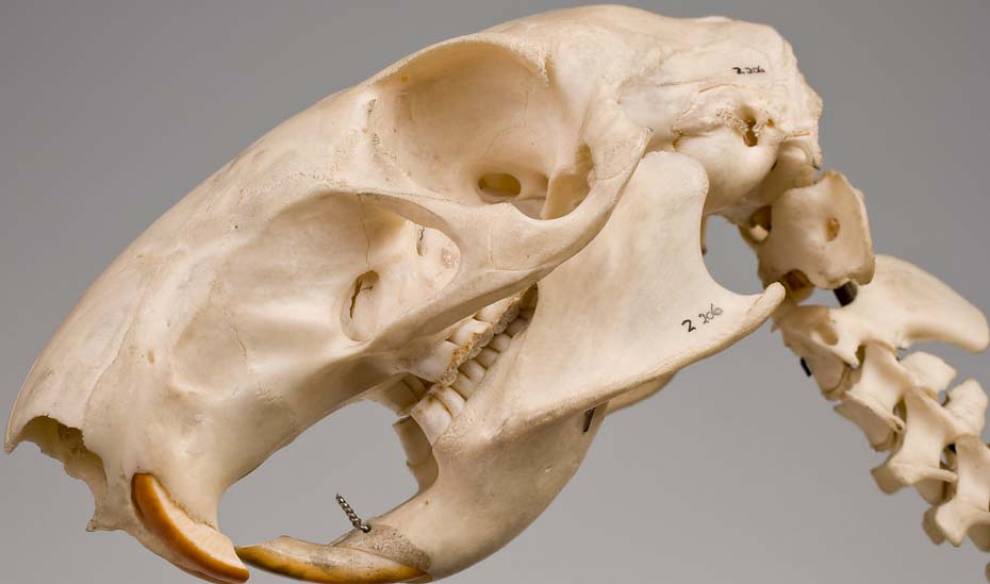Preserving the world's rarest skeleton
The Grant Museum undertook a major project to protect 39 of our rarest and most significant skeletons, some which have been on display in the Museum for 180 years. This includes what can be considered the rarest skeleton in the world: our extinct quagga – an unusual half-striped zebra.
It is the only mounted quagga skeleton in the UK, and no more than seven quagga skeletons survive globally. The Bone Idols project involved completely dismantling and chemically cleaning the irreplaceable skeleton, and then remounting it on a new skeleton-friendly frame in a more anatomically correct position.

This project took place from 2014-2015 and achieved all its objectives.
You can view a list of Specimens in our Bone Idols project here.
Ensuring these specimens can be used for the long term
The purpose of the project was to secure the long-term preservation of the specimens.
Bone Idols Project Objectives
1) Improve the condition of largely uncollectable specimens through remedial conservation.
2) Improve the storage of those specimens by purchasing new cases.
3) Improve access to those specimens by ensuring their long term future.
4) Engage museum visitors with conservation work in action.
5) Create a learning experience for UCL Museums Conservators by working with specialists in skeletal articulation and mount-making/metal work.
Protecting uncollectable objects
The quagga was the major focus for the Bone Idols: Protecting our iconic skeletons project, a major piece of conservation work across the Museum’s displays. Interventions ranged from deep cleaning bones, repairing damaged elements and re-casing specimens through to remounting huge skeletons.
Among the 39 skeletons involved we conserved our critically endangered gorilla, Siamese crocodile and Javan rhino, and endangered tiger, chimpanzee, orang-utan and Ganges river dolphin skeletons. These were effectively uncollectable previously.
You can see pictures of some of the specimens in our flickr album.
For more information contact zoology.museum@ucl.ac.uk
 Close
Close


